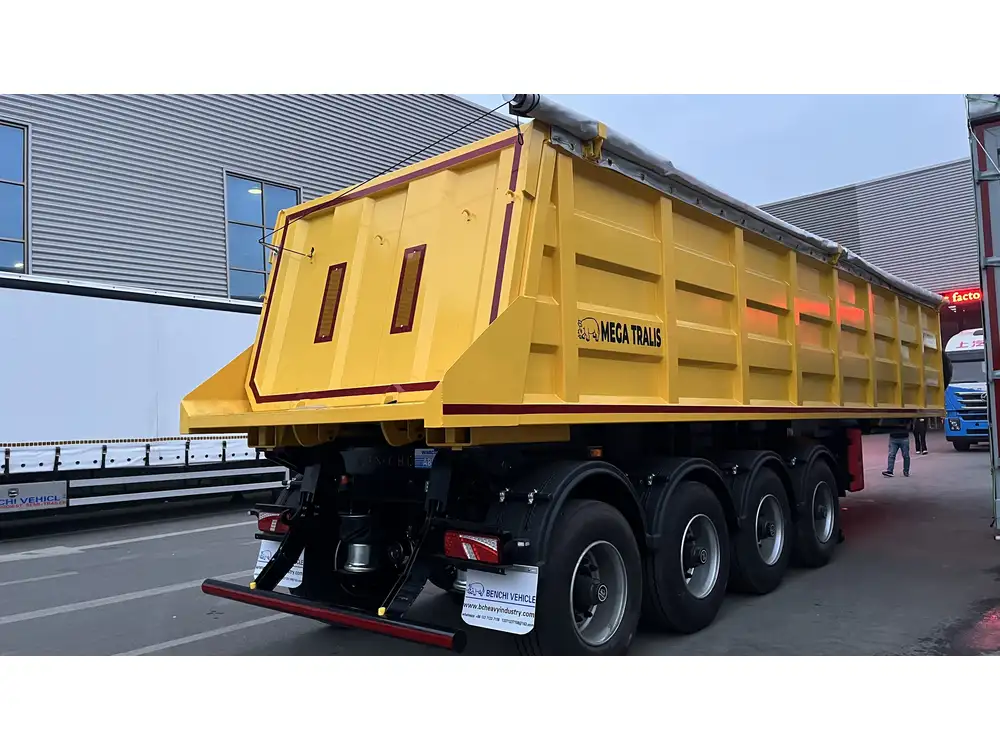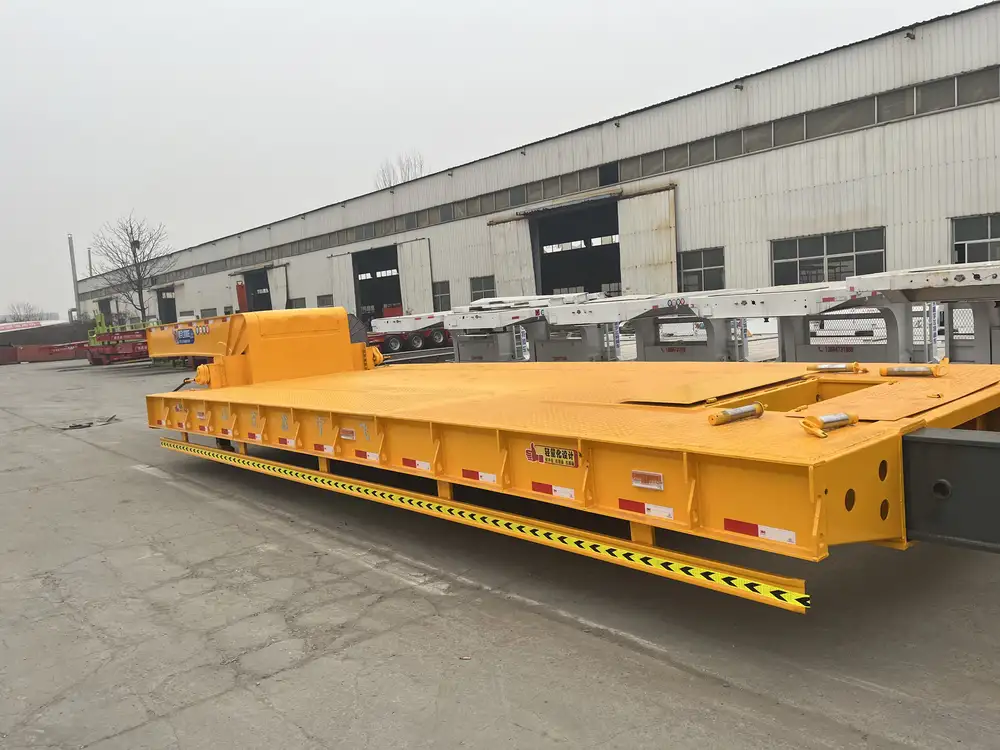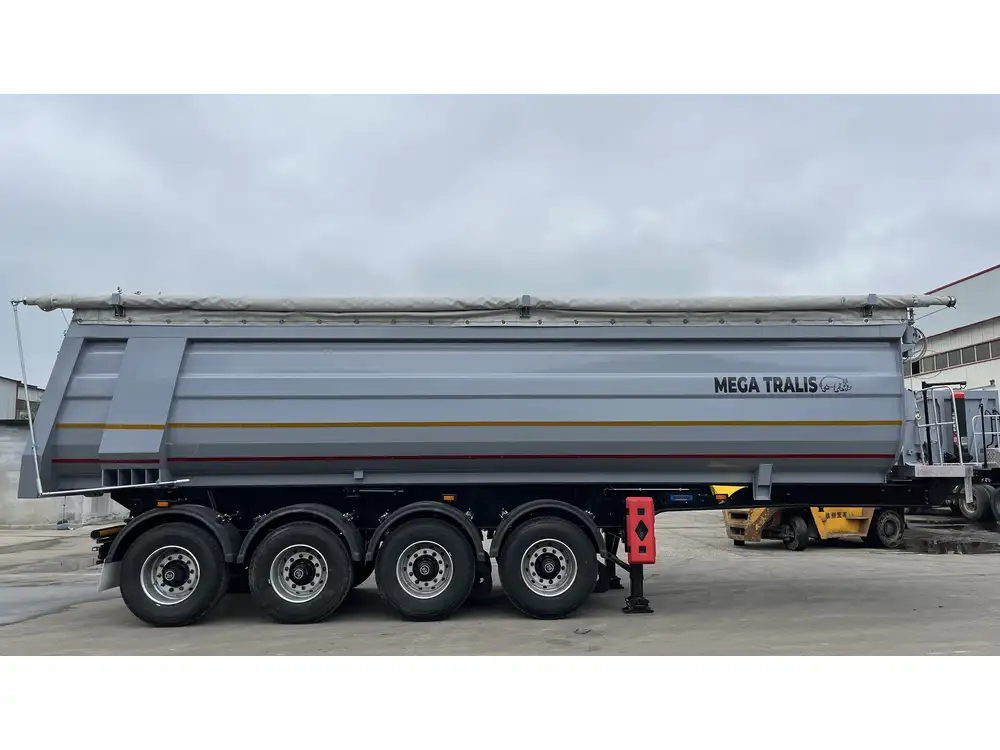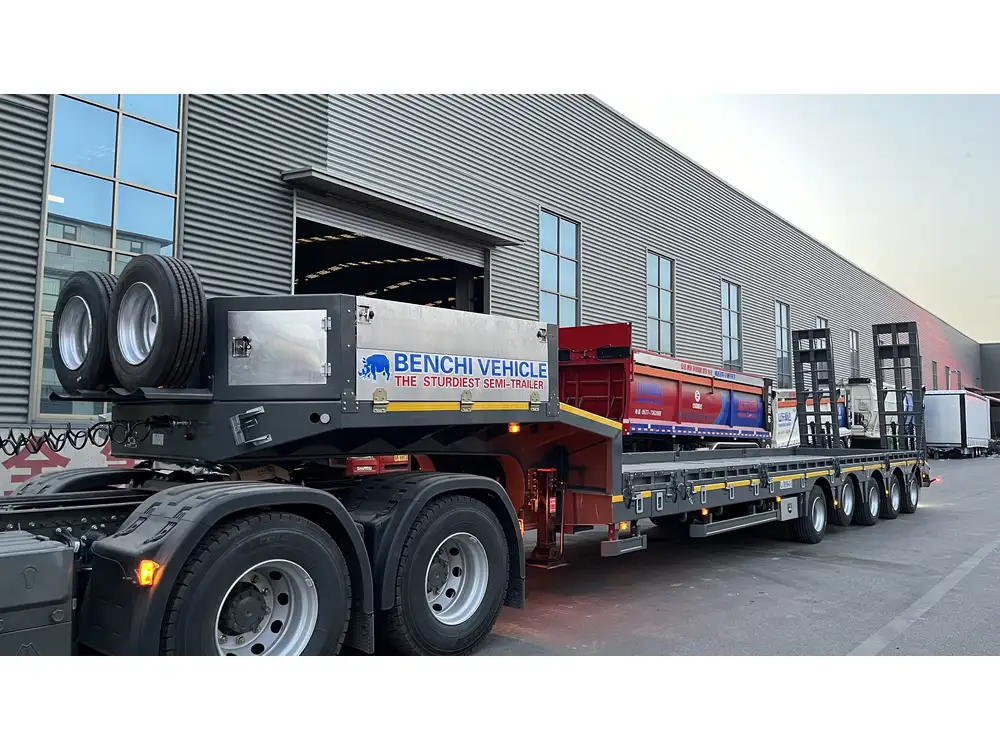What is a Semi Trailing Arm?
A semi trailing arm is a crucial component of a vehicle’s suspension system, particularly in semi-trailer applications. It serves as a link between the chassis and the axle, providing stability and control while assisting in the absorption of shocks and vibrations from road irregularities. The design often allows for a unique range of motion, contributing to the vehicle’s handling characteristics.
Features of Semi Trailing Arms
- Design: Semi trailing arms typically feature a distinct angle, which allows the wheels to follow a path independent of the vehicle’s chassis.
- Construction: Made from high-strength materials such as steel or aluminum, these arms are designed to withstand the stress and strain of heavy loads.
- Functionality: They help in controlling lateral movement, enhancing ride comfort, and improving tire contact with the road surface.

Key Benefits of Semi Trailing Arms
Understanding the advantages of semi trailing arms is essential for the operators of semi-trailers. Here are several benefits that make them indispensable:
| Benefit | Description |
|---|---|
| Improved Handling | Ensures better road contact, enhancing vehicle stability during cornering. |
| Enhanced Comfort | Absorbs shocks, thus providing a smoother ride for the driver and cargo. |
| Load Distribution | Aids in even load distribution, which is vital for heavy-load semi-trailers. |
How Semi Trailing Arms Work
The functionality of a semi trailing arm lies in its design and interaction with other suspension components. Here’s a breakdown of how they operate:
- Connection Points: The semi trailing arm connects at two points: one to the vehicle’s body and the other to the axle. This dual attachment allows for a pivoting mechanism.
- Motion Dynamics: As the vehicle turns or navigates uneven terrain, the semi trailing arm pivots about its connection to the chassis, allowing the wheels to maintain better contact with the ground.
- Shock Absorption: When encountering bumps or dips, the arm, often coupled with shock absorbers or coil springs, mitigates the forces transmitted to the chassis.
Common Issues with Semi Trailing Arms
Like any mechanical component, semi trailing arms can face wear and tear, leading to potential issues. Here are the most commonly encountered problems:

[1] Wear and Tear
Over time and with heavy loads, the bushings connecting the trailing arm to the chassis can wear out. Symptoms may include:
- Excessive vibration
- Uneven tire wear
- Poor handling during turns
[2] Misalignment
Improper installation or damage can lead to misalignment, resulting in:
- Difficulty in steering
- Increased tire wear
- Reduced stability
[3] Corrosion
Exposure to moisture and road salt can cause corrosion, weakening the arm’s integrity over time. Regular inspections can mitigate this risk.

Maintenance Tips for Semi Trailing Arms
To ensure optimal performance and longevity of semi trailing arms, adhere to these maintenance tips:
- Regular Inspections: Schedule routine checks for signs of wear, rust, or misalignment.
- Lubrication: Keep moving parts adequately lubricated to reduce friction and wear.
- Alignment Checks: Regularly verify that the suspension system is correctly aligned to ensure even tire wear and enhanced handling.
Selecting the Right Semi Trailing Arm for Your Needs
When considering a semi trailing arm for your semi-trailer, several factors should guide your selection:
[1] Load Capacity
The load capacity is paramount. Ensure the semi-trailer’s suspension system can support the maximum weight you intend to haul.

[2] Material Quality
Select semi trailing arms manufactured from high-quality materials such as tempered steel or advanced composites. This choice guarantees durability and performance under heavy-duty conditions.
[3] Compatibility
Ensure compatibility with your vehicle’s suspension system. Review your vehicle’s specifications and consult manufacturers if in doubt.
The Manufacturing Process of Semi Trailing Arms
Understanding how semi trailing arms are manufactured can provide insights into their quality and performance:
- Material Selection: High-grade materials such as alloy steel undergo rigorous selection processes.
- Forging and Machining: Each arm is forged into shape and then precisely machined for accuracy.
- Quality Testing: Rigorous testing ensures each component meets industry standards for durability and performance.
- Coating: Protective coatings may be applied to prevent corrosion and extend service life.

Comparison: Semi Trailing Arms vs. Other Suspension Types
To appreciate the unique advantages of semi trailing arms, let’s compare them with other suspension systems typically used in trailers:
| Feature | Semi Trailing Arms | Leaf Spring Suspension | Multi-Link Suspension |
|---|---|---|---|
| Ride Quality | Superior comfort | Average, can be harsh | Excellent, versatile |
| Handling Precision | High, especially in turns | Moderate | High |
| Load Distribution | Optimized for heavy loads | Fair, can lead to uneven wear | Excellent, adaptable |
| Maintenance | Moderate, regular checks | Higher, requires frequent checks | Moderate, complex but durable |
The Role of Semi Trailing Arms in Road Safety
Investing in quality semi trailing arms not only enhances operational efficiency but is also crucial for road safety. The stability offered by well-functioning semi trailing arms reduces the risk of accidents caused by loss of vehicle control. Properly functioning suspension systems can prevent:
- Rollovers: With enhanced stability and control, the risk of the trailer rolling over during sharp turns is minimized.
- Hydroplaning: Adequate contact between tires and the road decreases the chances of hydroplaning, especially in wet conditions.
Emerging Technologies in Semi Trailing Arm Design
As technology progresses, the manufacturing of semi trailing arms increasingly incorporates innovative approaches:
- Lightweight Materials: The adoption of aluminum and advanced polymers reduces the overall weight without sacrificing strength.
- Adaptive Suspension Systems: Some modern semi trailing arms come with features that allow real-time adjustments based on load conditions, improving ride comfort and safety.
- Smart Sensors: Integration of sensors can facilitate monitoring of wear and performance, allowing for proactive maintenance and enhanced vehicle alignment.

Future Trends in Semi Trailing Arm Manufacturing
The future of semi-trailer suspension systems appears bright as advancements continue to shape the industry:
- Sustainability: Environmental considerations are leading to the use of recyclable materials and more efficient manufacturing processes.
- Automation: Increased automation in the manufacturing process promises higher precision and reduced lead times.
- Advanced Engineering: Continued research into the dynamics of vehicle suspension systems is likely to yield even more effective designs.
Conclusion
Understanding the intricacies of semi trailing arms is vital for anyone involved in the operation, maintenance, or manufacturing of semi-trailers. Their role in ensuring stability, comfort, and safety cannot be overstated. From the benefits and operational principles to common issues and maintenance practices, a comprehensive grasp of semi trailing arms empowers operators to make informed decisions that enhance performance and safety on the road. In an industry marked by innovation and technological advancements, staying updated on these developments will provide a competitive edge, ensuring optimal performance and compliance with safety standards. This holistic understanding is indispensable for maximizing the efficacy of any semi-trailer fleet.



